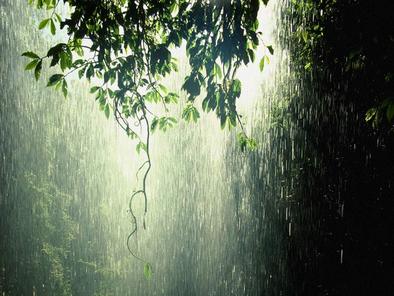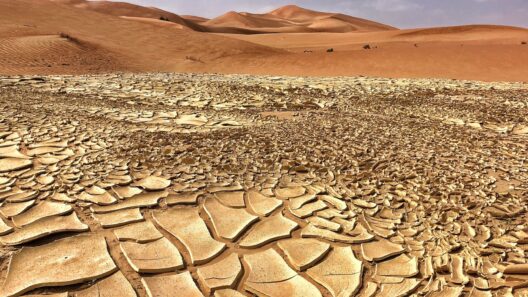Colombia, a nation celebrated for its stunning biodiversity and rich culture, possesses an astonishing array of microclimates. The climate within this South American territory is remarkably diverse as a result of its geographical makeup, which includes the Andes mountain range, lush rainforests, arid deserts, and expansive plains. This begs the question: what is the climate like in Colombia? The answer is complex, revealing an intricate tapestry where various ecosystems converge, each contributing to an immensely dynamic environmental landscape.
Geographically, Colombia is divided into several regions, each characterized by distinct climatic conditions. Broadly classified, these regions include the Caribbean Coast, the Andean region, the Amazon rainforest, the Orinoco region, and the Pacific Coast. The interplay of altitude, latitude, and the surrounding bodies of water means that within each of these areas, unique microclimates emerge, offering a range of environmental experiences and influences on local flora and fauna.
Beginning with the Caribbean Coast, this region experiences a tropical climate, characterized by high humidity and temperatures that often exceed 30 degrees Celsius (86 degrees Fahrenheit). The coastal areas receive substantial precipitation, particularly during the wet season which extends from May to November. This tropical environment supports diverse ecosystems, including mangroves and coral reefs. However, increasing temperatures and rising sea levels threaten these delicate ecosystems, demanding urgent attention to conservation efforts.
Transitioning inland, the Andean region presents a stark contrast due to its elevation. The climate varies significantly as the altitude increases, giving rise to paramos and highland ecosystems. At lower altitudes, the climate remains temperate with average temperatures fluctuating between 15 to 20 degrees Celsius (59 to 68 degrees Fahrenheit). Yet, as one ascends, temperatures can plummet to near freezing at higher elevations. This region is home to endemic species such as the frailejón, a plant that thrives in harsh conditions and plays a crucial role in promoting water retention in the ecosystem. The variability in climate fosters an array of agricultural practices, from coffee cultivation at mid-level altitudes to growing potatoes and grains further up the mountain slopes.
In stark contrast, the Amazon region has one of the world’s most humid climates. Characterized by perpetually high temperatures and excessive rainfall, the Amazon experiences little seasonal variation, remaining consistently warm throughout the year. The rainforest can be described as a veritable ‘green ocean,’ teeming with life, but it too faces threats from deforestation and climate change. These environmental pressures underscore the urgent need for sustainable practices and policies to safeguard biodiversity and local communities integral to this region.
The Orinoco region features a mix of savanna and wetlands, creating another unique microclimate. During the dry season, temperatures can soar, making the area susceptible to wildfires, while the rainy season leads to significant flooding. This climatic dichotomy creates a rich habitat for diverse wildlife, including capybaras and an array of bird species. Management of this water-sensitive environment is critical, requiring collaboration between local communities and governmental agencies to implement smart land-use practices.
Finally, the Pacific Coast experiences one of the highest rainfall totals globally, providing a stark contrast to the arid plains of the interior. Its tropical rainforest climate supports an astonishing diversity of plant and animal life, while fostering thriving fishing communities. However, the intense rainfall often leads to landslides and flooding, particularly during the El Niño and La Niña phenomena, highlighting the vulnerability of the region to climatic extremes.
Colombia’s complex climate zones offer unparalleled opportunities for ecotourism, agricultural development, and indigenous cultures to flourish. Each microclimate is a crucible of interaction between the environment and human activity. The agricultural sector benefits significantly from this climatic variability, with products ranging from cacao and bananas in warmer areas to grains and coffee in temperate zones. However, as climate change continues to exert pressure on global ecosystems, the agriculture industry in Colombia faces the challenge of adaptation, necessitating innovation and education in sustainable farming practices.
Moreover, the unique climatic conditions and ecological wealth of Colombia’s various regions underscore the country’s role as an environmental steward within the context of global biodiversity. The integration of climate science, environmental policy, and community engagement is paramount to ensure that Colombia maintains its delicate balance between development and ecological preservation. Initiatives focused on conservation and responsible resource management are essential in mitigating climate impacts while enabling communities to thrive.
In conclusion, the climate in Colombia is a multifaceted phenomenon, governed by geographic features, altitude variations, and regional differences. Each microclimate offers a unique lens through which to understand the relationship between environment and society. Understanding these climatic nuances is essential for not only appreciating Colombia’s natural beauty but also for engaging in meaningful environmental advocacy that promotes sustainability, protects biodiversity, and fosters resilience in the face of climate change. As the collective responsibility to mitigate climate effects intensifies, the frameworks established within Colombia can serve as models for countries around the world striving for ecological equilibrium in the face of tumultuous change.





